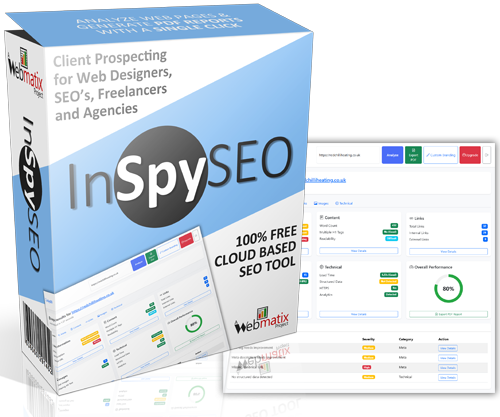“`html
What Does Squeeze Page Mean?
In the world of digital marketing, the term squeeze page often comes up, especially when discussing lead generation strategies. But what does squeeze page mean, and why is it important for businesses? In this article, we will explore the definition of a squeeze page, its purpose, how it works, and best practices for creating an effective one.
Understanding Squeeze Pages
A squeeze page is a type of landing page designed specifically to capture a visitor’s email address or other contact information. It is typically a standalone web page that focuses on a single offer or call to action. Unlike traditional web pages that may contain multiple links and distractions, a squeeze page is streamlined to maximize conversion rates.
Purpose of a Squeeze Page
The primary purpose of a squeeze page is to generate leads. By offering something of value in exchange for contact information, businesses can grow their email lists. This list can then be used for future marketing efforts, providing a direct line of communication with potential customers.
Key Features of Squeeze Pages
To effectively understand what a squeeze page means, it’s crucial to recognize its key features. Here are some of the most important elements:
- Minimal Design: Squeeze pages usually have a clean, simple layout that focuses on the offer.
- Compelling Headline: A strong headline grabs the visitor’s attention and communicates the value of the offer.
- Clear Call to Action: The call to action (CTA) is a critical element that directs visitors on what to do next, such as “Sign Up Now” or “Get Your Free eBook.”
- Value Proposition: This explains what the visitor will gain by providing their information. It could be a free report, a discount, or access to exclusive content.
- Opt-In Form: This is where visitors enter their contact information. It should be easy to fill out and require minimal information to reduce friction.
How Does a Squeeze Page Work?
Squeeze pages work by enticing visitors to take action. Here’s a step-by-step breakdown of the process:
- Traffic Generation: The first step is to drive traffic to the squeeze page. This can be done through various channels such as social media, email marketing, or paid ads.
- Offer Presentation: Once visitors land on the page, they are presented with an attractive offer that addresses a specific need or pain point.
- Form Submission: Visitors who find the offer appealing will fill out the opt-in form with their email address or other contact details.
- Confirmation: After submitting their information, visitors may receive a confirmation message or email, thanking them for signing up and providing access to the promised offer.
Benefits of Using a Squeeze Page
Utilizing a squeeze page in your marketing strategy can yield several benefits:
- Increased Leads: Squeeze pages are designed to convert visitors into leads, boosting your potential customer base.
- Targeted Messaging: You can tailor your message to specific audiences, increasing the chances of conversion.
- Improved Engagement: Offering valuable content encourages visitors to engage with your brand and fosters trust.
- Measurable Results: Squeeze pages allow for tracking and analytics, helping you understand what works and what doesn’t.
Best Practices for Creating an Effective Squeeze Page
To ensure your squeeze page is effective, consider these best practices:
1. Craft a Compelling Headline
Your headline should be eye-catching and clearly convey the benefit of signing up. Make it specific and action-oriented.
2. Use High-Quality Visuals
Incorporate relevant images or videos that support your message and make the page visually appealing.
3. Keep the Form Simple
Limit the number of fields in your opt-in form. Typically, asking for just an email address is sufficient to start.
4. Include Testimonials
If applicable, showcase testimonials or reviews to build credibility and trust.
5. Optimize for Mobile
Ensure your squeeze page is responsive and looks good on all devices, as many users access the internet via mobile.
Common Mistakes to Avoid
When creating a squeeze page, be aware of these common pitfalls:
- Too Much Information: Avoid overwhelming visitors with too much text or too many options.
- Poor Design: A cluttered or unattractive design can deter visitors. Maintain a clean and professional look.
- Weak Call to Action: Your CTA should be clear and compelling. Don’t use generic phrases like “Submit” – be specific about what they will receive.
Conclusion
In summary, a squeeze page is a powerful tool in digital marketing that focuses on converting visitors into leads. By understanding what a squeeze page means and how it functions, you can create effective pages that enhance your marketing efforts. Remember to keep your design simple, your message clear, and your offer compelling to achieve the best results. If you implement these strategies, you’ll be well on your way to building a robust email list and nurturing leads for your business.
“`
Want our 100% FREE SEO plugin that will increase the Google ranking of your most important blog posts? GET IT HERE. It’s Free!

Leave a Reply